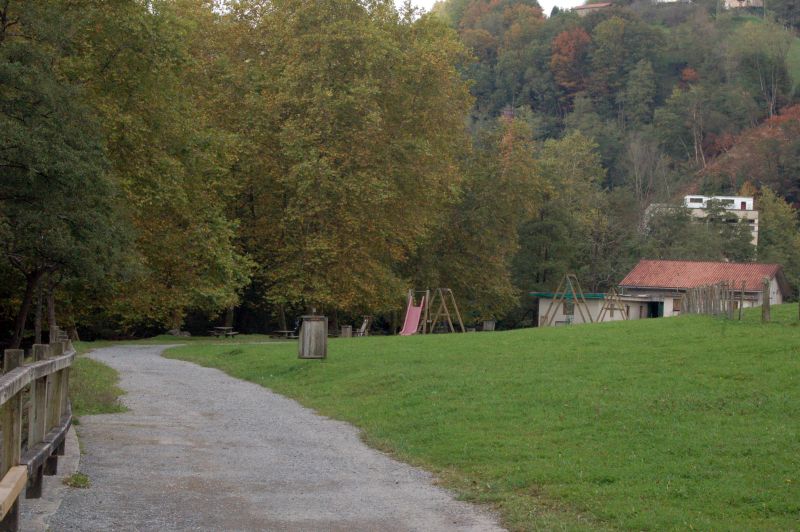
Puntos de Interés

Municipality
Villa de Garafía

The village of Villa de Garafía is located in the northwest of the island of La Palma, in the Canary Islands. It is a charming municipality, which extends over a hilly and varied area.
Administratively, Garafía is organised into various areas or townlands including Santo Domingo de Garafía, Las Tricias and Los Franceses, with Villa de Garafía the main village and administrative centre.
Surrounded by a mountainous landscape, overlooking the Atlantic Ocean, Garafía stands out for its natural beauty and rich cultural heritage. The origins of the village date back to the 16th century Castilian conquest of the Benahorita cantons. After the conquest, the town was populated by settlers from the Iberian Peninsula, especially wealthy Portuguese and expelled Jews. In 1576, King Philip II ceded these lands to serfs and peasants in exchange for one fifth of the harvest. The municipality was isolated for several centuries, due to the geography of the island, paying medieval taxes until 1987, when it finally received the title of municipal village. This isolation was broken in the 1960s with the construction of roads and other infrastructures.
The Benahoarita culture in Garafía is reflected in the mysterious Tagalguen petroglyphs, linked to the magic of water and the worship of the sun. Aboriginal pottery, meanwhile, features red, brown and black pieces with intricate decorations. An aboriginal legacy that makes the pottery of La Palma unique, especially the pottery made in Garafía. It was characterised by the absence of specialised workshops, with each family making their own pots. To this day, craftsmanship, of both ceramics and textiles, remains central to the local economy.
Garafía's economy is based on the primary and service sector, tied in with rural tourism. In terms of agriculture, small plots of land are cultivated, with crops like potatoes, almonds, fodder, vineyards and other products. In terms of livestock, traditional goat rearing remains a key activity in the village, although it has declined in recent years. The agricultural and livestock farming tradition is reflected in the local gastronomy where the diversity and freshness of the ingredients can be appreciated, with outstanding mojo sauces, papas arrugadas, smoked and fresh cheeses, as well as delicious meat and fish and dishes desserts.
Garafía’s local festivals include those in honour of Saint Anthony of Padua, in June, with processions and other events; the Cruz de la Rosa festivals in May; and the fig and apple festivals in August, where local produce is on display, through cultural activities and tastings.


